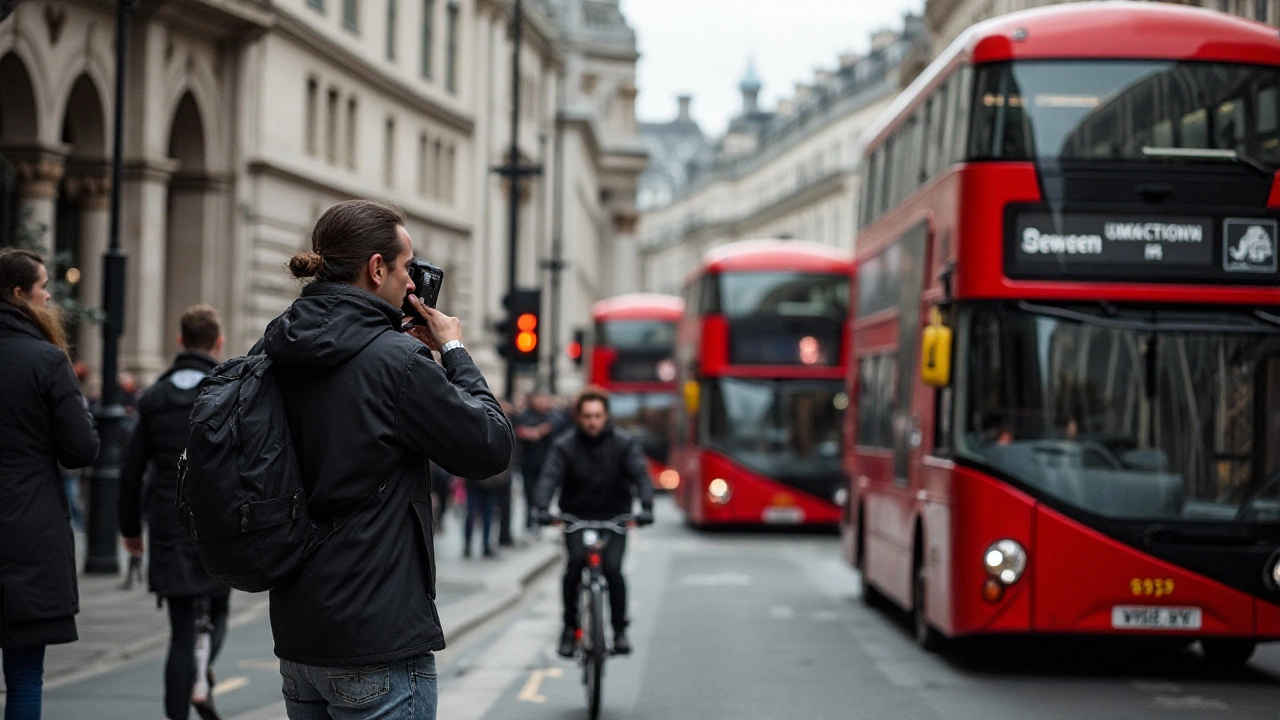Street Photography Tips and Inspiration for Everyday Shooters
If you love watching life happen on the streets, you’re already a good street photographer. The real trick is turning those moments into photos that feel alive. Below are straight‑forward ideas you can start using today, no fancy gear needed.
See the Street Like a Storyboard
Before you click, take a minute to scan the scene. Look for lines, colors, and people that form a mini‑story. A kid chasing a ball, a vendor setting up a stall, or a commuter lost in thought – each element can become a character. Imagine what’s happening before you shoot. This habit helps you frame shots that feel natural instead of random.
Gear That Works, Not Gear That Confuses
Most street photographers get by with a small, quiet camera. A 35mm or 50mm prime lens is a popular choice because it mimics what the eye sees and forces you to move closer to the action. If you have a smartphone with a good camera, start there. Keep settings simple: set the focus to auto, use a moderate aperture (f/5.6‑f/8) for depth, and let the camera handle exposure.
Don’t obsess over high‑resolution sensors. A clear composition and good light beat megapixels every time. If you’re worried about being noticed, a discreet camera strap or a small mirrorless body can help you blend in.
Timing Is Everything
Street moments flicker fast. When you see a potential scene, be ready to press the shutter quickly. Practice with burst mode – it captures a series of frames and lets you pick the best later. If you’re using a phone, tap the screen and hold for a short burst.
Patience pays off too. Stay in one spot for a few minutes; people will move, light will change, and new interactions appear. This slow approach can reveal subtle expressions that a quick walk‑by would miss.
Respect and Ethics
Never ignore people’s comfort. If someone looks upset or asks you to stop, respect that. A polite smile and a quick apology go a long way. In many places, you can photograph public spaces without permission, but good manners keep the street a friendly place for everyone.
Edit Like a Storyteller
After you’ve captured a batch of images, pick the ones that convey the strongest feeling. Simple edits – a touch of contrast, a slight crop, or a conversion to black‑and‑white – can enhance mood without over‑processing. Aim for consistency: if most of your shots feel gritty, keep that vibe across the series.
Sharing your work on social media or a blog helps you get feedback. Ask friends what they see in a photo; different eyes can spot details you missed.
Keep Shooting, Keep Learning
Street photography is a habit. The more you walk, the better you read the street’s language. Try new angles – shoot from low down, or climb a step for a higher view. Play with light: early morning or late afternoon offers long shadows and warm tones that add depth.
Finally, stay curious. Every street is a stage, and you’re the observer with a camera. Grab it, step out, and let the city tell its story through your lens.

24 Dec 2024
Street photography often captures candid moments in public spaces, but is it considered fine art? This article delves into the debate, exploring the criteria that define fine art and how street photography fits into this framework. We'll look at the historical context, artistic intent, and presentation, offering insights into how photographers can elevate their street shots to fine art. Learn what makes a compelling street photograph and how to develop your unique artistic style.
Continue reading...
